Florida International University
PORTFOLIO
Graciela MartinMaster of Landscape Architecture + Environmental Urban Design
About Me





I am a dedicated Landscape Architecture student whose passion for people and art inform my design process. As a designer, I want to understand the land, the environment, and the needs of the community frst and design accordingly. Community engagement and horticulture are important elements to know as an aspiring Landscape Architect. As a person, I enjoy podcasting, painting landscapes, and visiting local parks to walk with my dog.
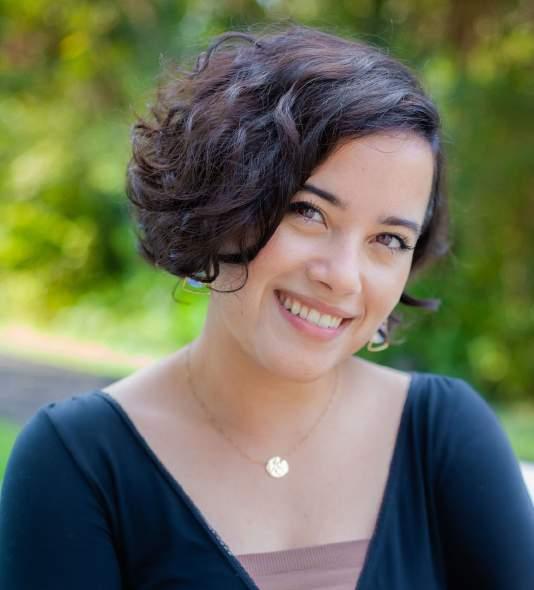

Gateway to the Keys


Florida City sits at the edge of the Everglades National Park, leading into the Keys. It is titled the “Gateway to the Keys.” West Palm Avenue is a major roadway, heading east, bifurcating the city. The 1-mile-long avenue is the main corridor into the Everglades and is heavily utilized by all residents of Florida City. The avenue also holds most of the educational and civic spine of the city. The West Palm Promenade creates a space for the city to congregate and develop community engagement interaction. The Promenade exists in four themes that blend together like watercolor, to create a diverse experience of place and identity.

Process Sketches


Wayfnding is a crucial part to create a sense of identity in Florida City. There are multiple properties dedicated to special needs and the arts. Creating that connection through wayfnding also creates a connection to the needs of the community.







Street Art
 Civic + Artisan Market
Civic + Artisan Market









 Agave decipiens
Lantana depressa var. depressa
Conocarpus erectus Thrinax radiata
Hamelia patens var. patens Zamia integrifolia
Senna ligustrina
Agave decipiens
Lantana depressa var. depressa
Conocarpus erectus Thrinax radiata
Hamelia patens var. patens Zamia integrifolia
Senna ligustrina
The Safe Haven
Liberty City is located in one of the most dangerous parts of Miami. The city is highest in crime and lowest in income. The location also happens to sit where Groundwater contamination is at its most vulnerable. With “The Safe Haven”, Samantha Bernard and I tackled the water mitigation issues of the site and how it afects its inhabitants. How can we improve water quality but simultaneously create an exciting learning experience for elementary students? Most importantly, how can we engage the community?
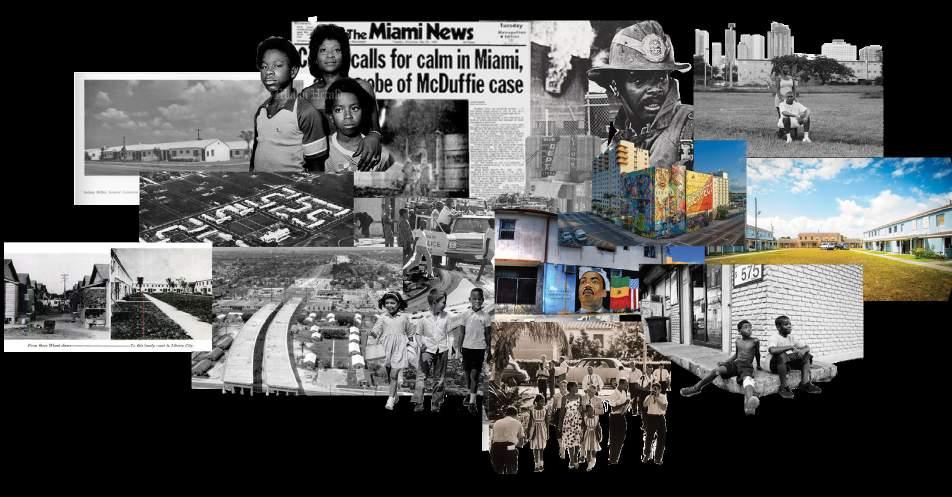
We combined both schoolyards of the technical college and the elementary school to create an oasis of a groundwater cleaning system and community engagement site.


Sensory Area
In the elementary schools’ backyard corridor, the students can engage in their surroundings and interact with the native wildlife that is attracted by native planting and a vegetable garden. The sensory experience leaves a lasting learning experience.


01.Programming Areas
3D Modeling to visualize spatial qualities

Undulating hills and topography changes will encourage water to fow freely through space and be fltered by shockabsorbent, recyclable material.


Colorful Rubber Mulch
Community Area
A constructed wetland and amphitheater are placed in the technical college side to provide an outdoor classroom learning environment and a place for the neighboring community to engage with. Water is cleaned and fltered through the site, as the public helps maintain and learn from their environment.
 Native Planting Topography
Native Planting Topography












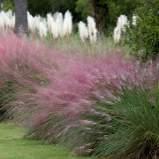
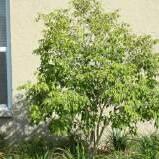



Rain Drop Garden





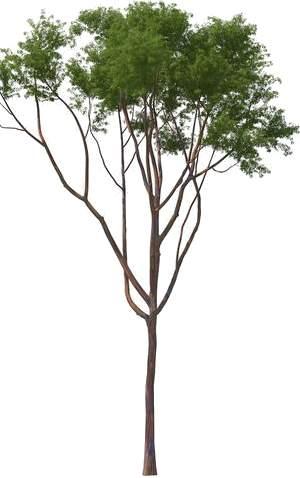






A conceptual garden created for a hospital, specifcally treating cancer patients, explored the use of color throughout the garden. The exploratory use of 5 colors yellow, red, pink, blue, and green was used in the planting design to bring positive emotions in a cancer patient’s treatment.




Research has shown that patients that can access the garden can recover faster. In outdoor environments, bright colors can bring forth positive efects of respite and recovery. Flowering plants with colors such as yellow, red, pink can make great efects on a person, brightening their mood and overall sensory experience.











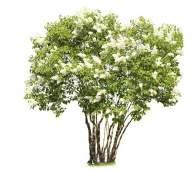





















Process
Rain Drop Garden was created through a representation of drops of rain in the water. The color palette chosen dictates the planting beds and groundcover to provide a variety of color journeys.


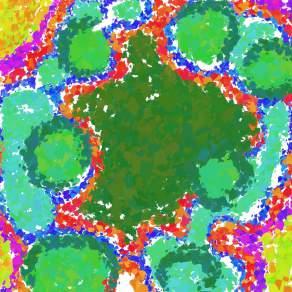
Planting Study
The study of Arcing Allée, Hedgerow, and Bosque is done in a Landscape Plan to understand the co-existing of all three elements to evoke positive emotions in a cancer patient’s life. The use of diferent colored woods and a water feature create diferent experiences within the garden.


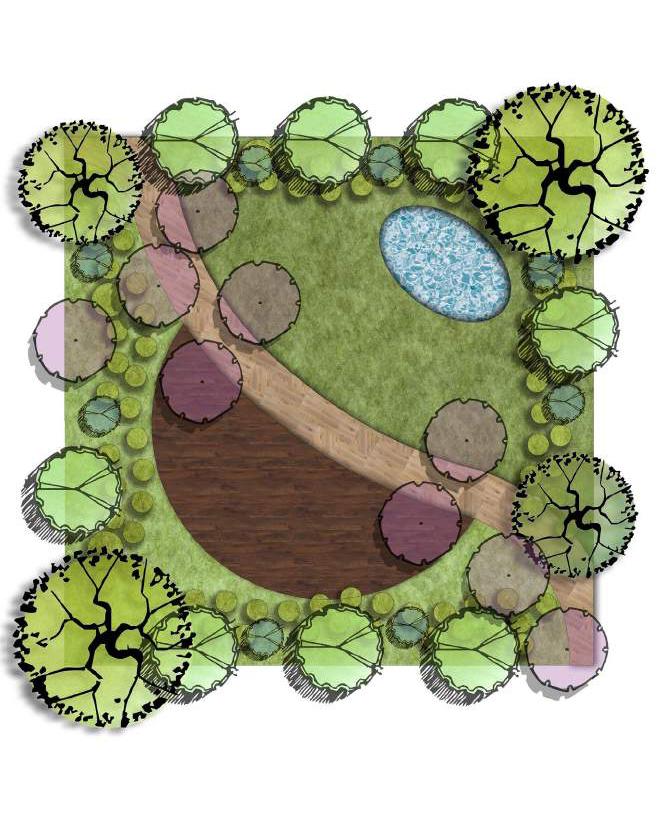

Concept Sketches

Composite Plan

The conceptual approach to The Rain Garden began when I explored the relationships between colors and materials. Choosing the right plantings with the associated colors and blooming seasons was crucial. Vibrant colors are not encouraged when designing for hospital interiors. In the landscape, it’s a diferent story. Bright colors in fowers are known to bring positive responses.

Tree Plan











Groundcover Plan




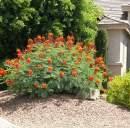

Plant Index Cards


Spotlight Workshop Series Unconventional Model Making
Friends of The Underline Maintenance Manual






Other Projects + Photography



Model Making
Podcast created in response to students’ remote education transition.

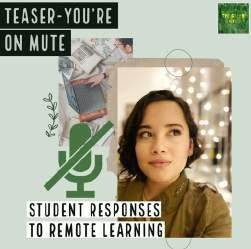
I interview FIU students, professors, alumni, and professionals to create an audio narrative of how they found Landscape Architecture. I have also developed a team of students passionate about the mission. To listen visit: https://anchor.fm/ thegreenside
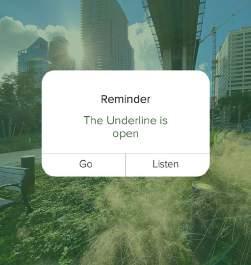







Audition | Adobe Spark | Anchor
I led an FIU ASLA workshop about how to build conceptual models with “unconventional” materials. Since the lockdown, students have had to scavenge for materials in their own bedrooms. I taught them building techniques with simple materials like toilet paper and trace paper.

9 “The more you weed the more you weed.”
•Disturb soil as little as possible.
•Never rototill or double dig your beds. Disturbing the soil in Florida provides ideal conditions (light, air, moisture and oxygen) for weed seeds to germinate. Mulch thickly immediately after planting to minimize weed growth. Mulch between plants as well. Exposed soil invites weeds



•Pull weeds out root and all (Figure 16).












•Monitor weeds in planting beds for weed free plantings. (Look at Monthly Care








Check for invasives overtaking and growing over plantings as well (Look at Appendix B).



The Maintenance Manual lays out how to care for the specifc native plantings daily, monthly, and weekly. I provide specifc pruning practices, watering guidelines, and The Underline’s native and invasive plant information cards. The document was created in collaboration with a Fairchild Botanical Garden horticulturist.

PARKing Day

Plaza Planta 2019



To see more visit: https://www.flickr.com/photos/ gracielamartin/



